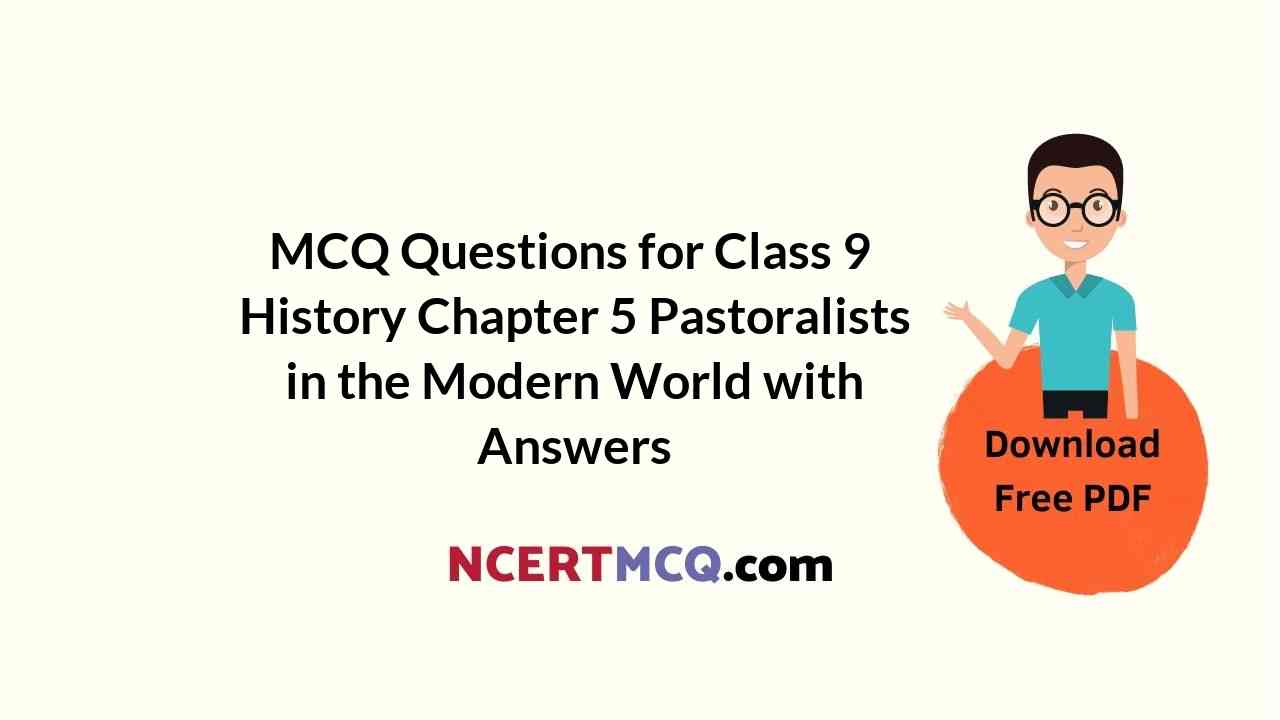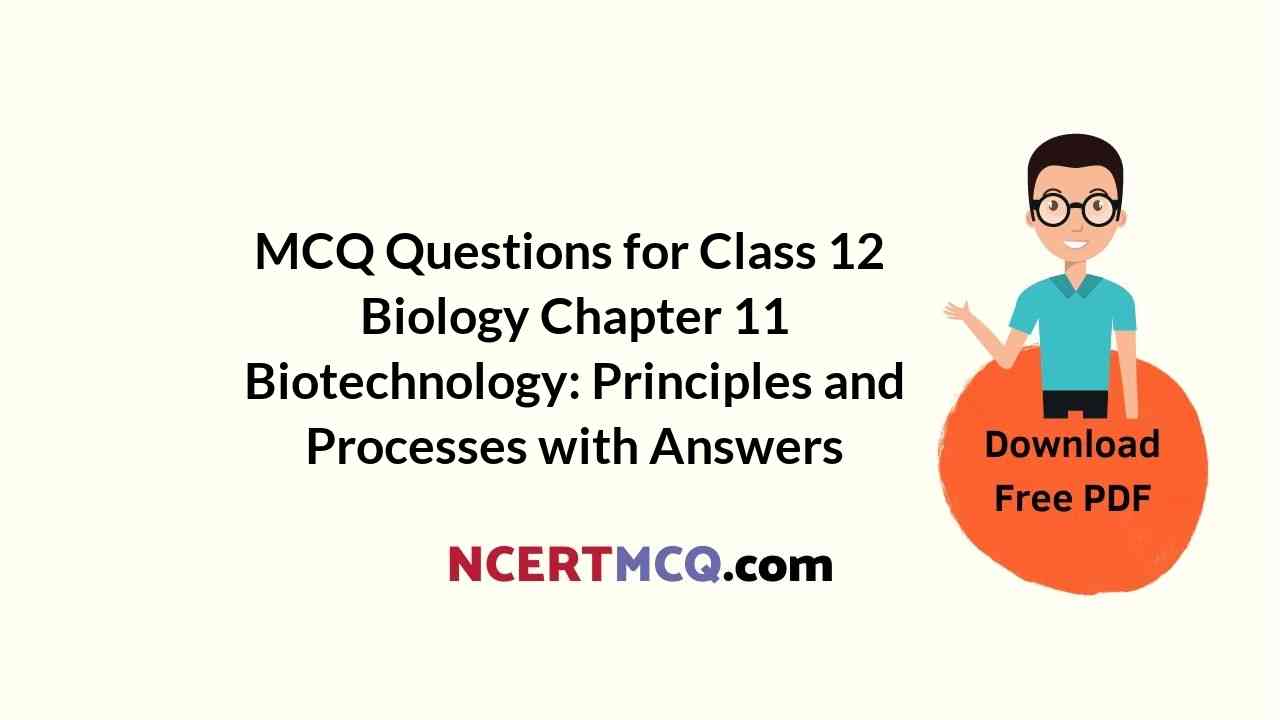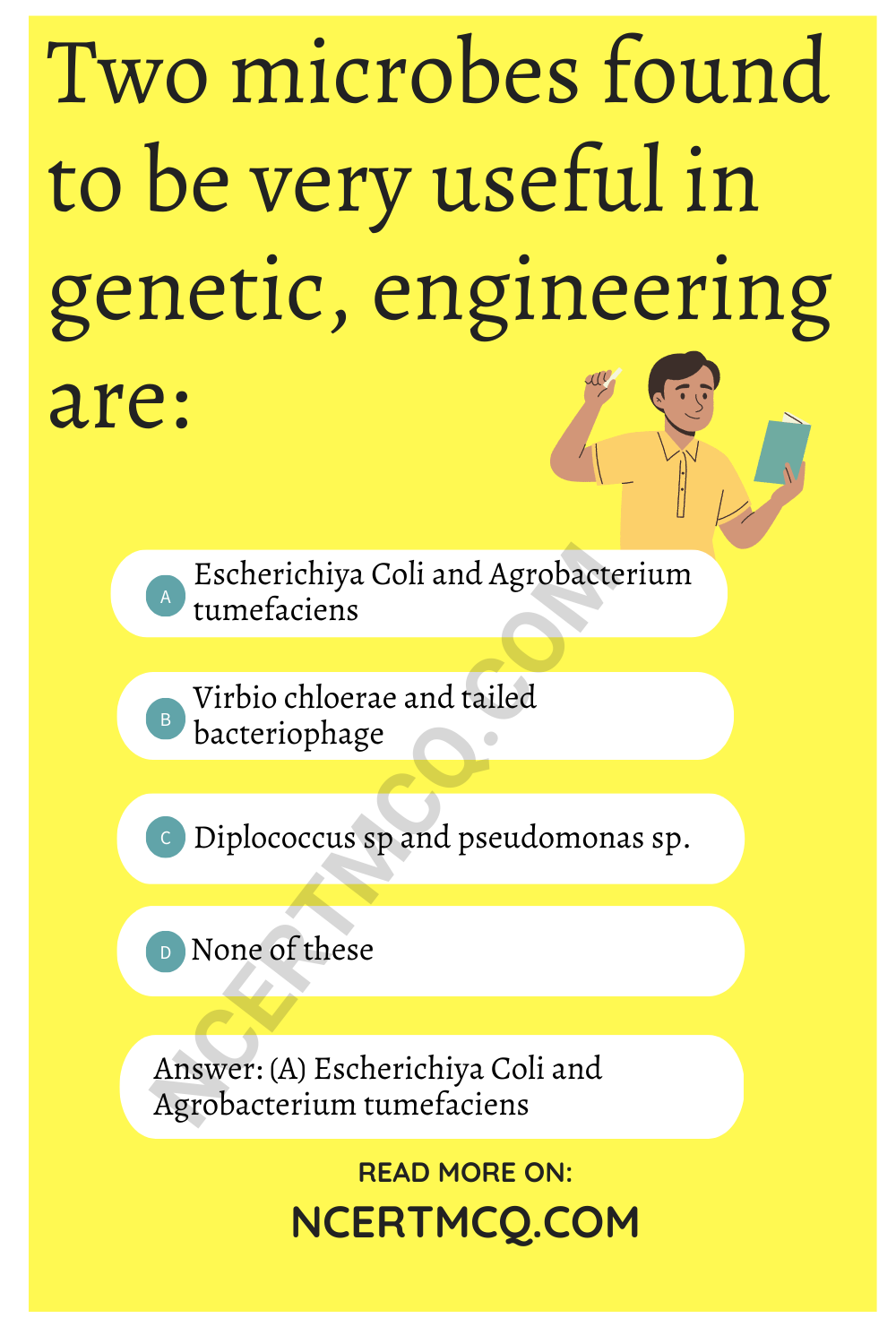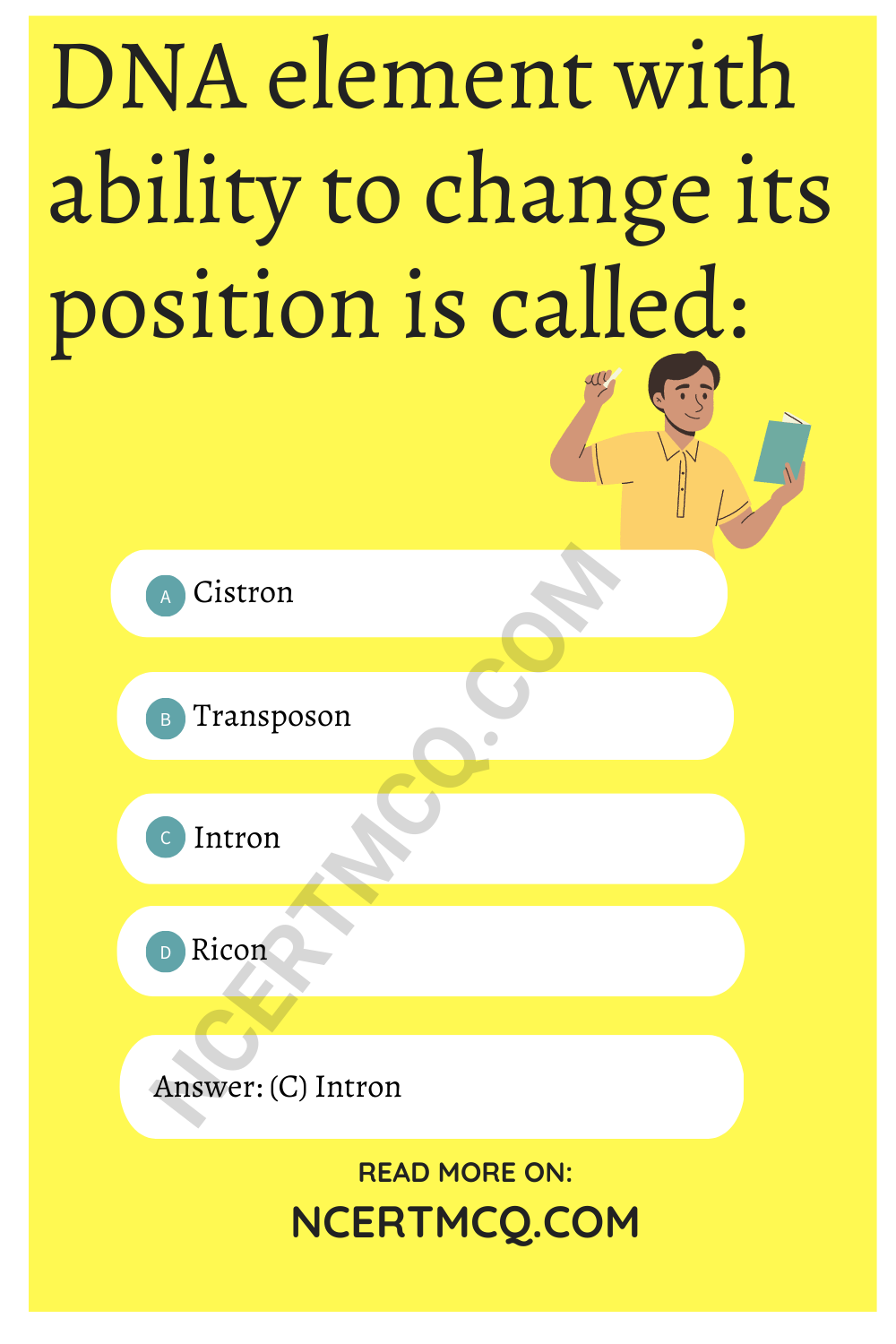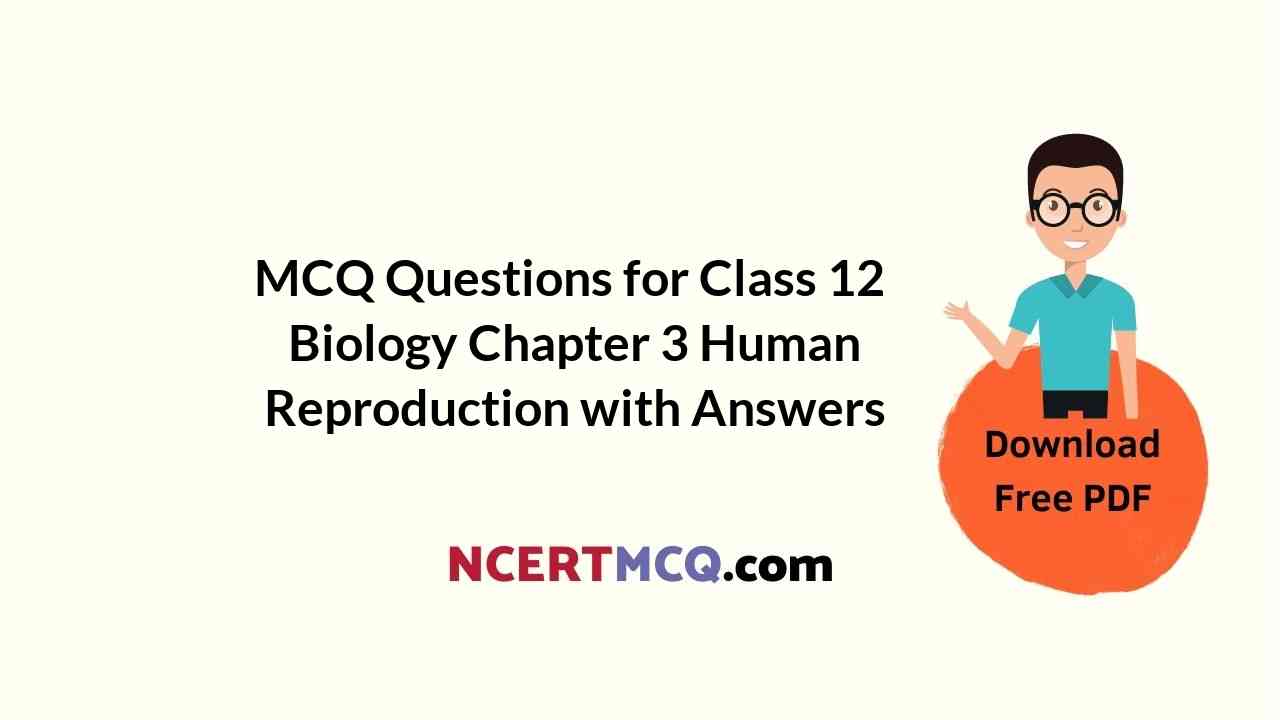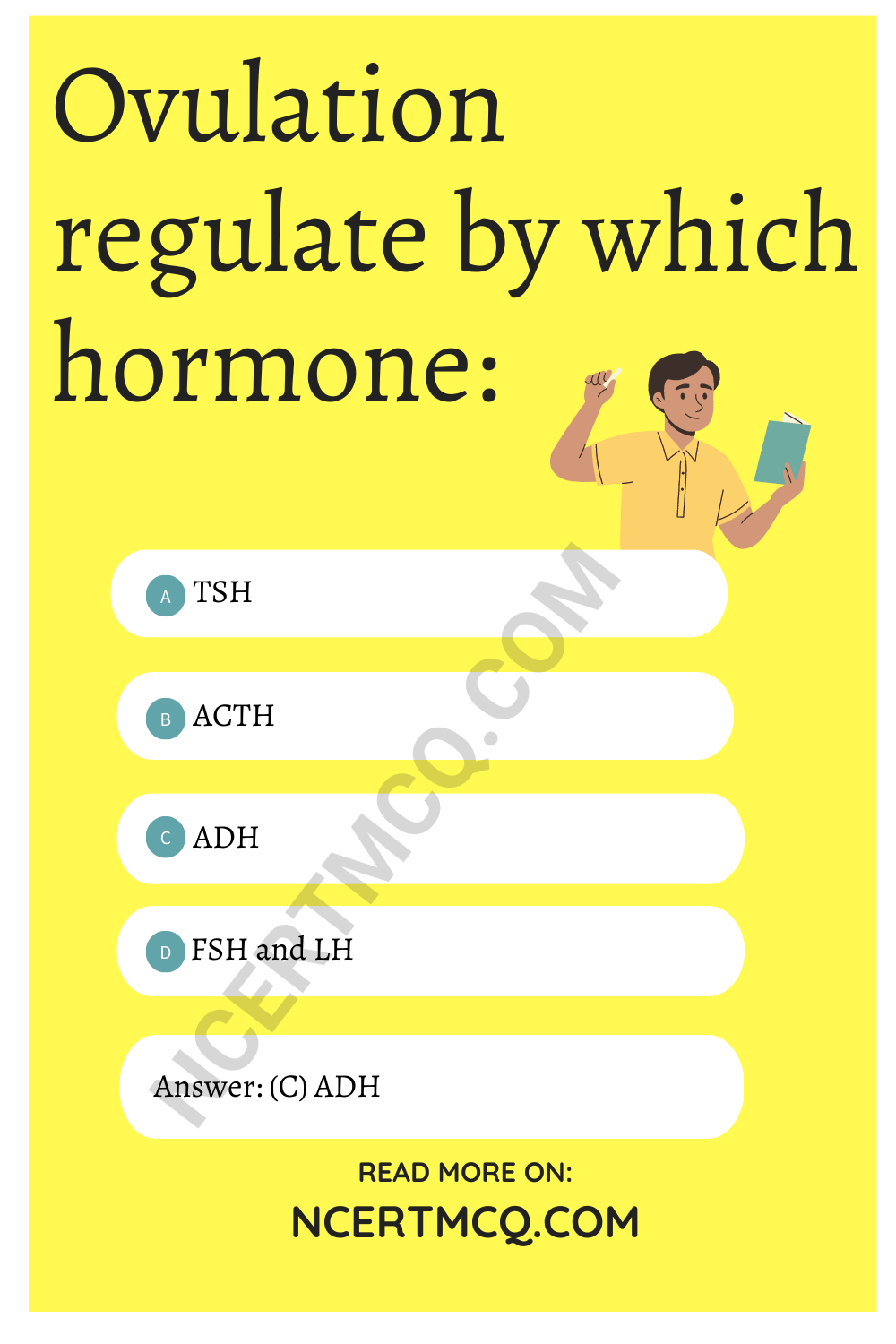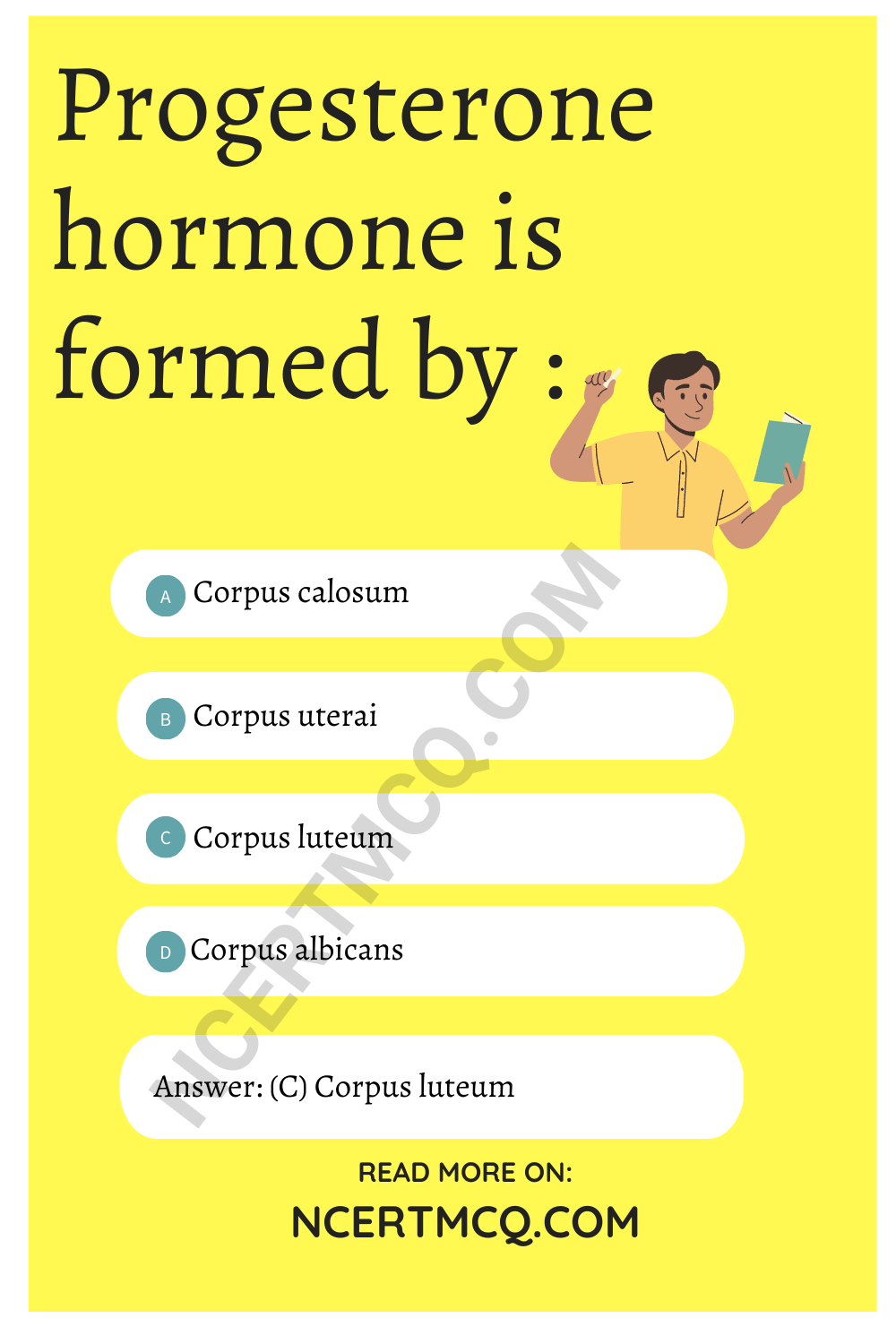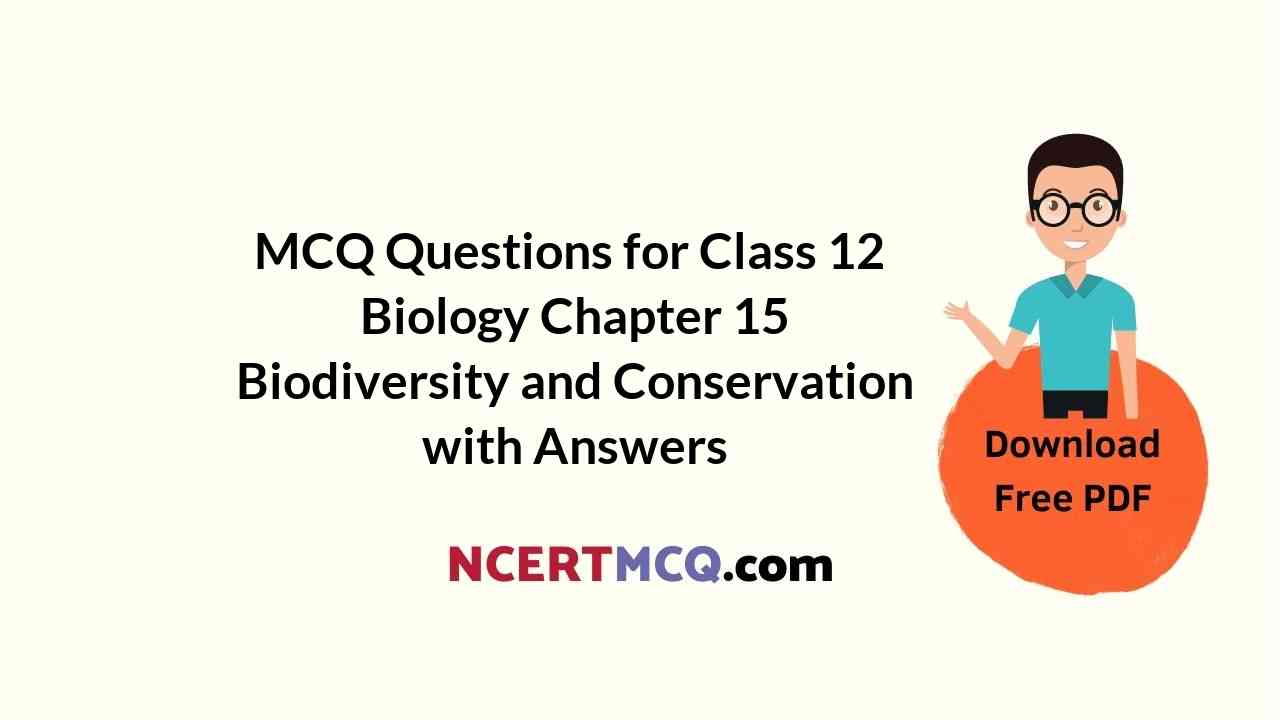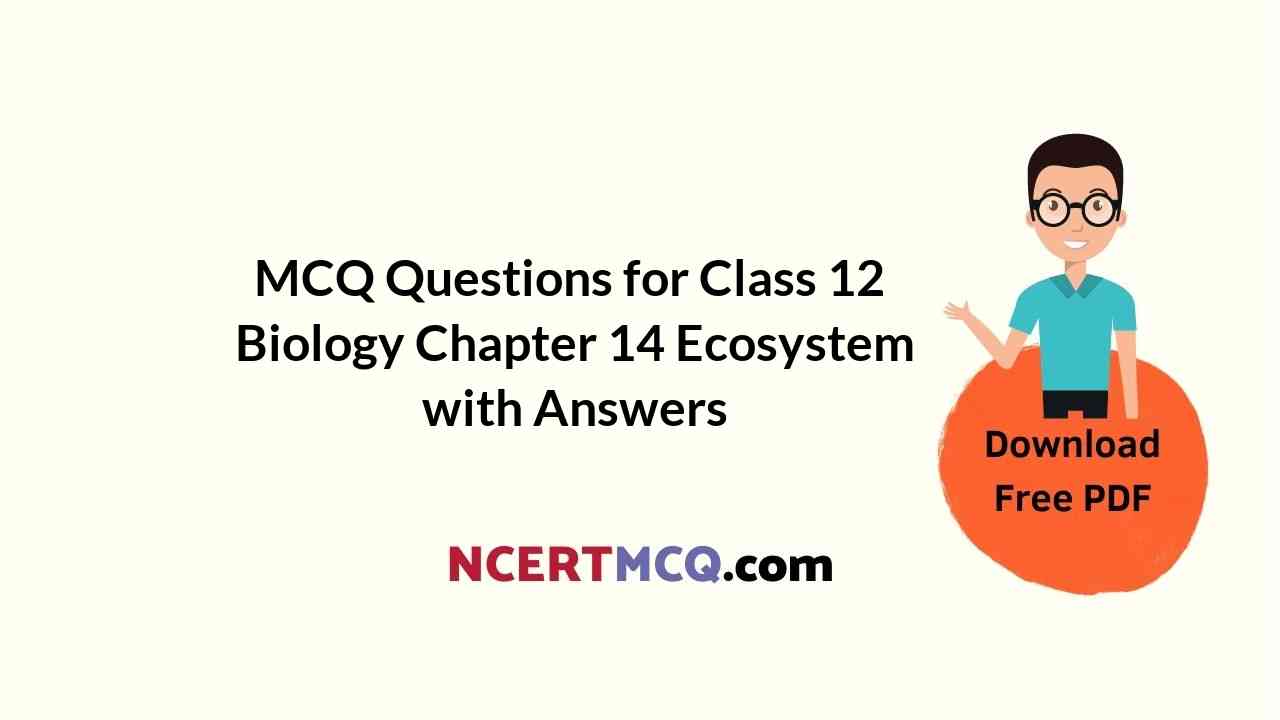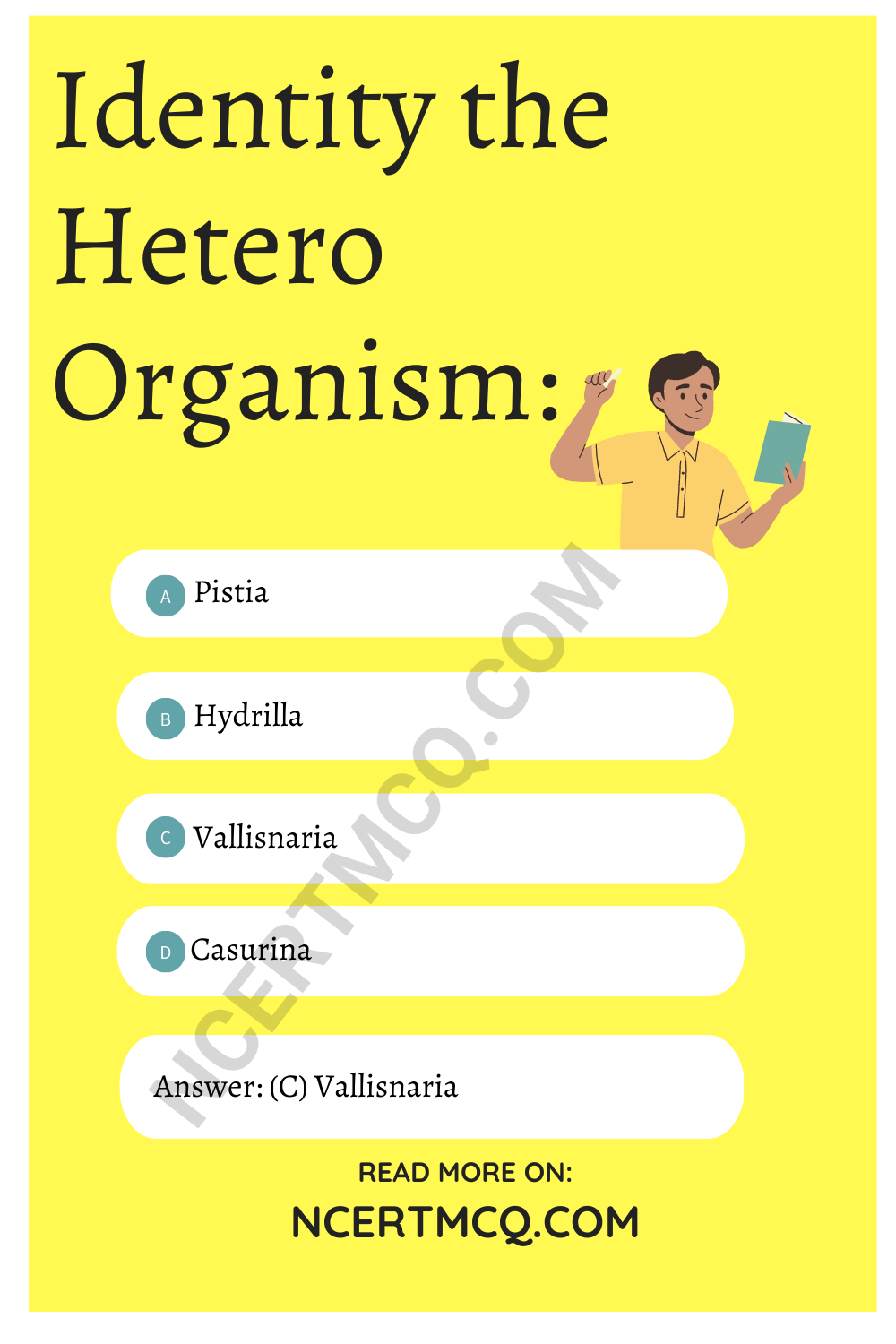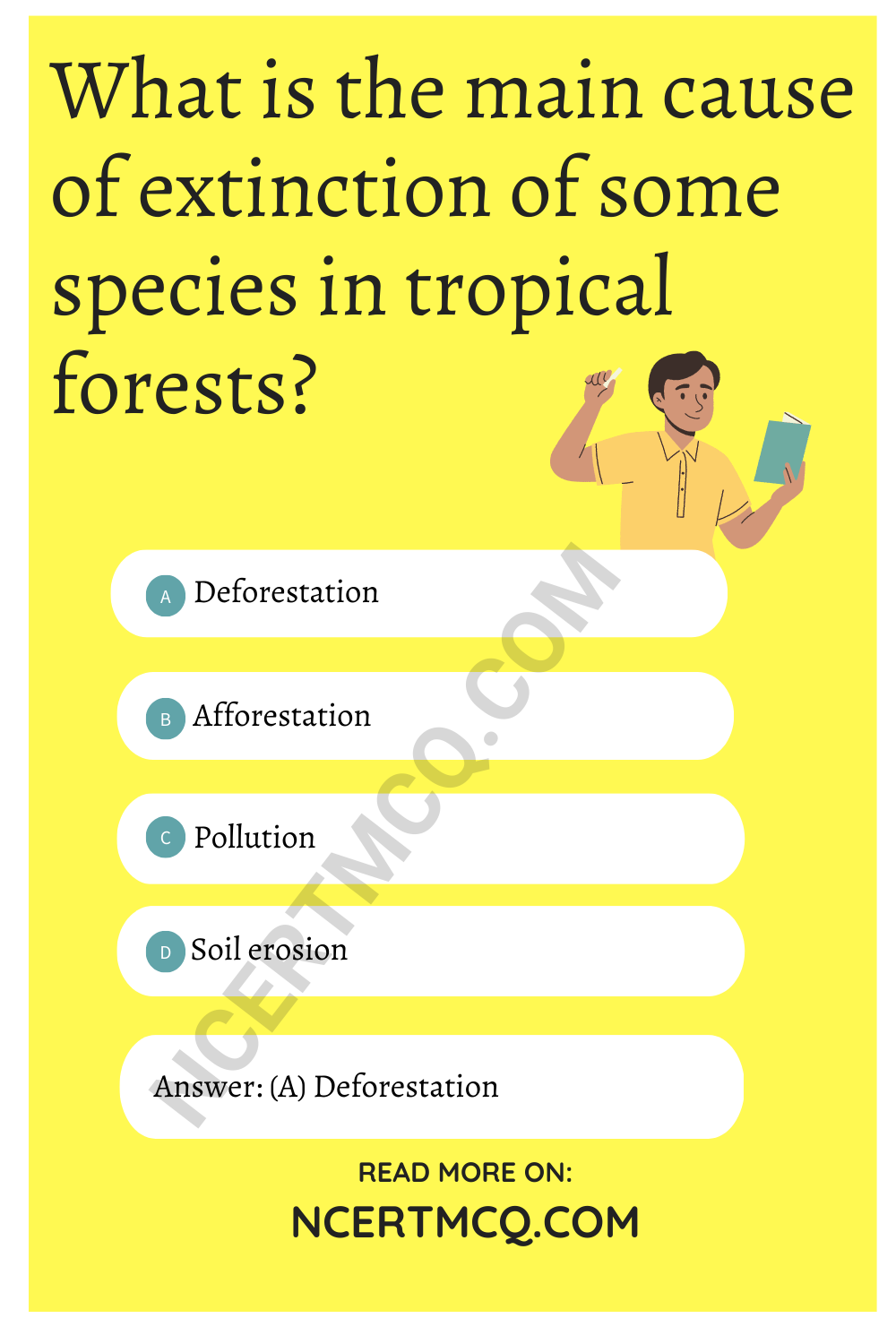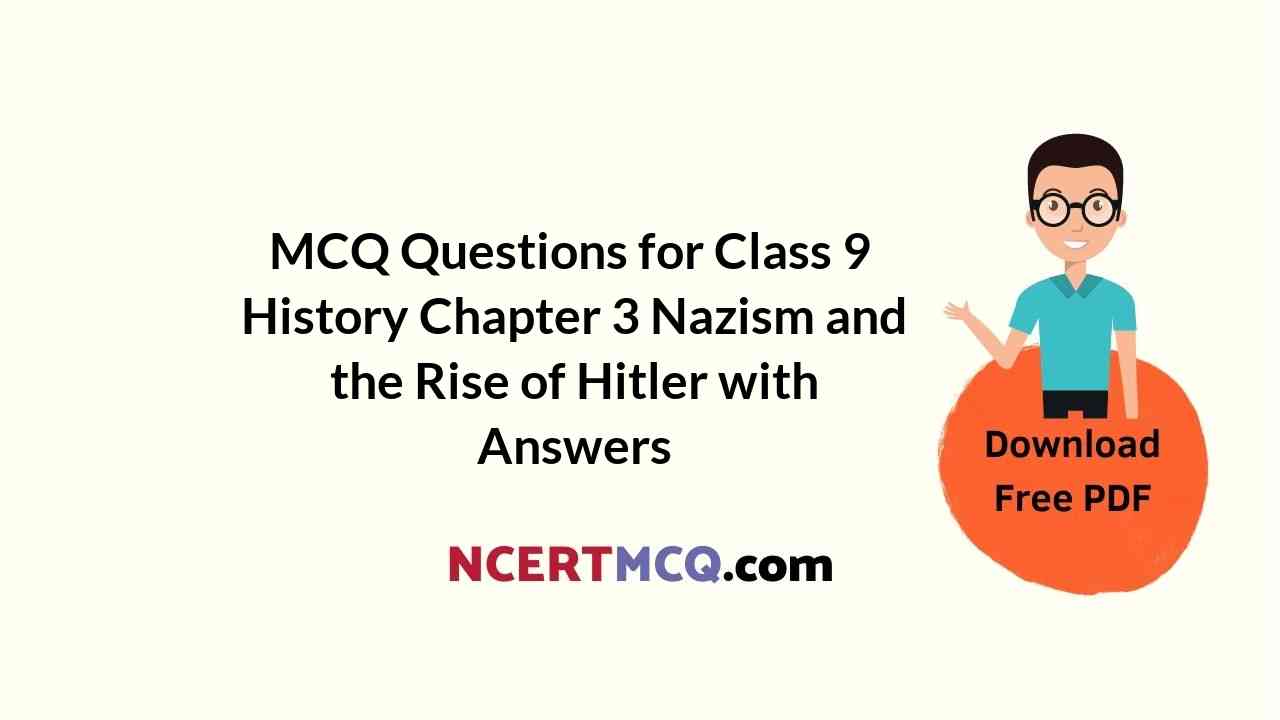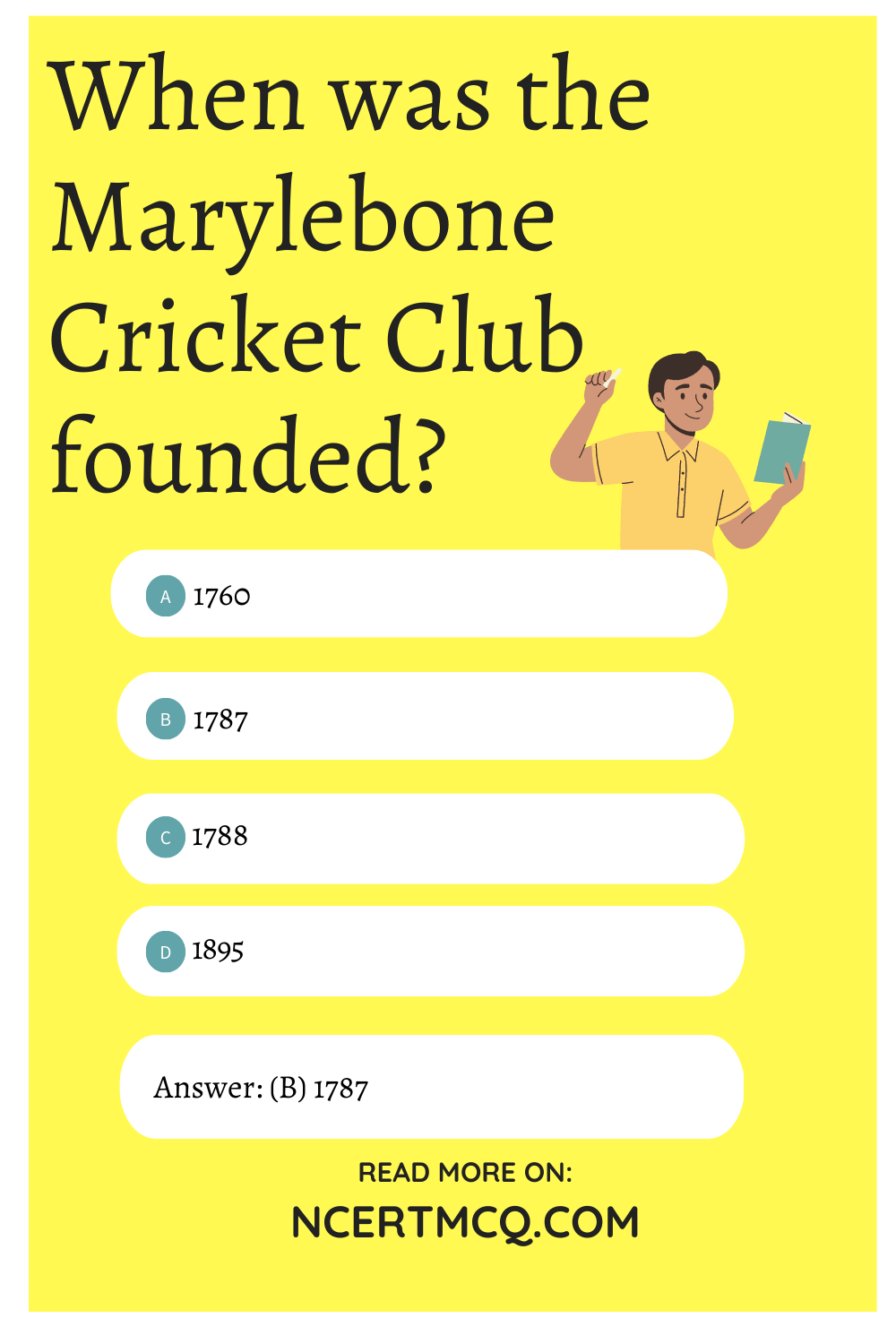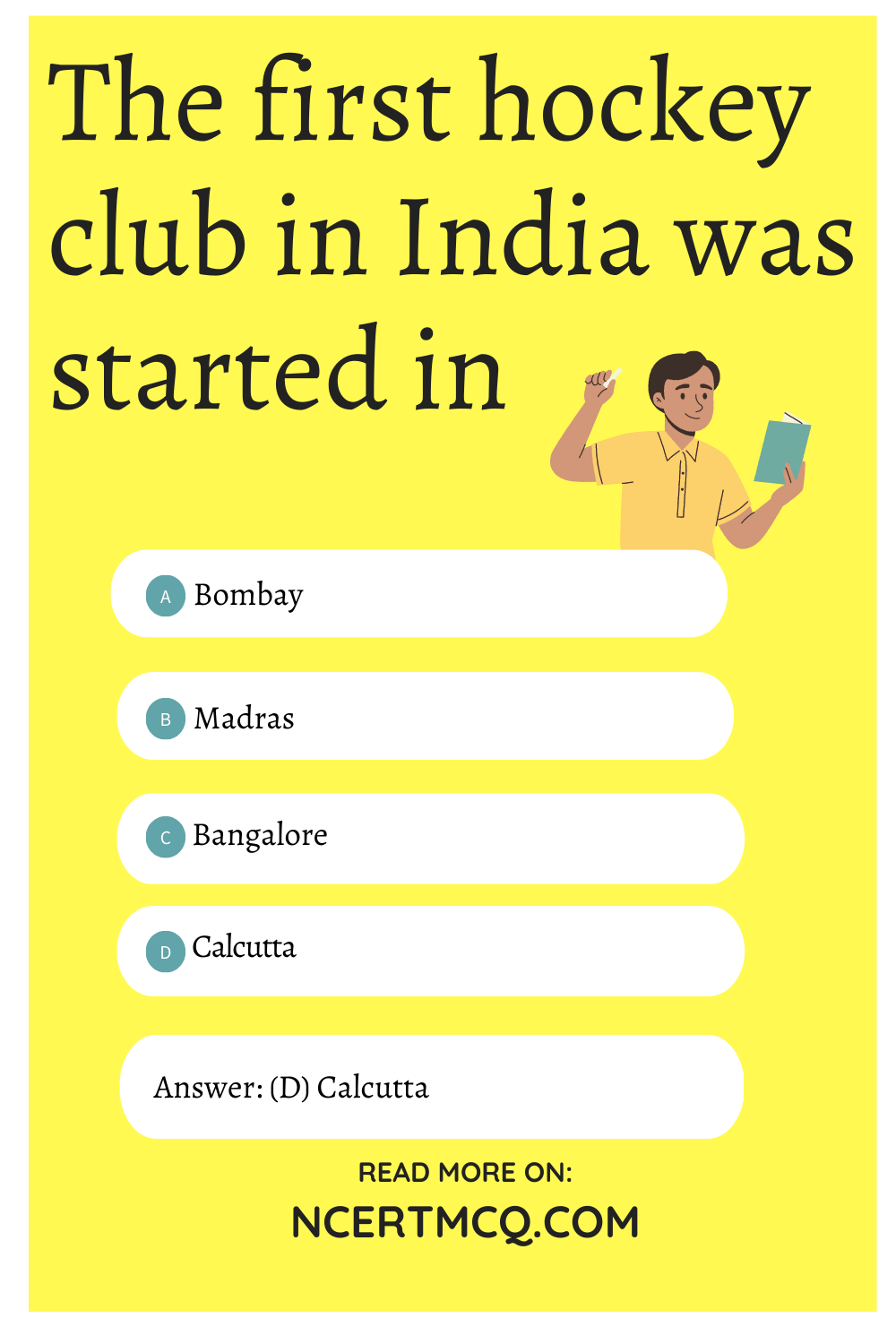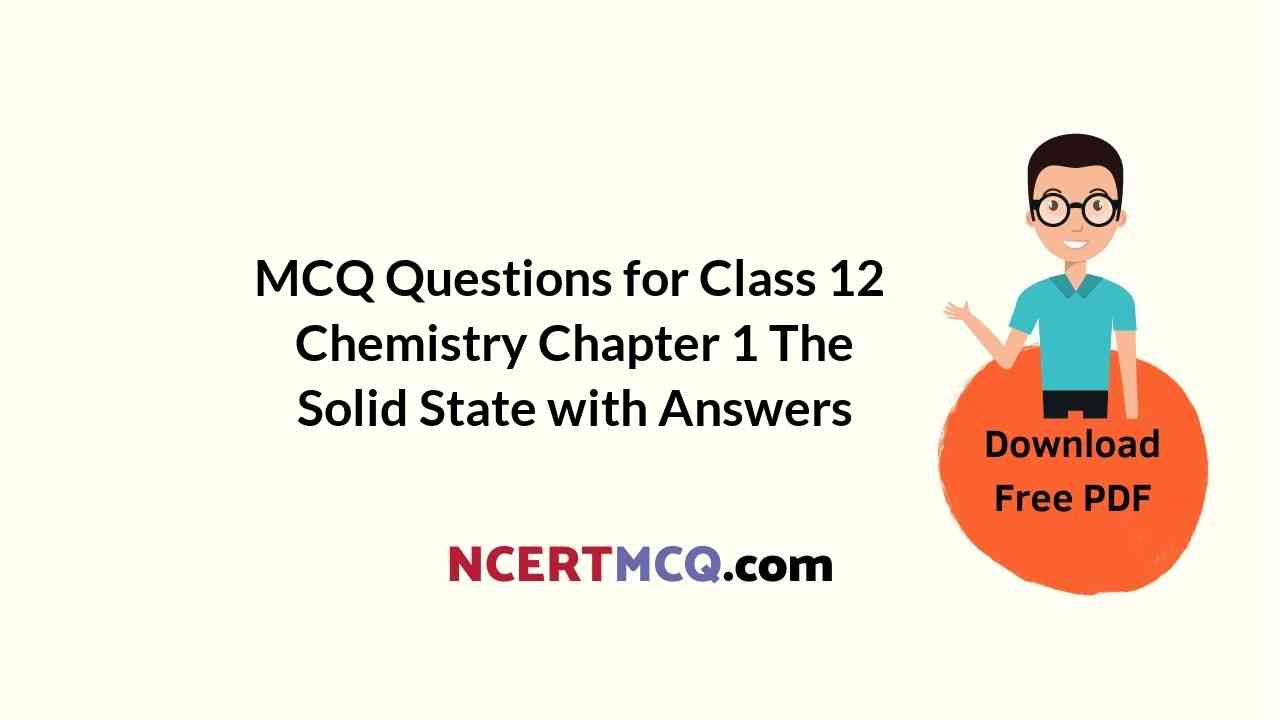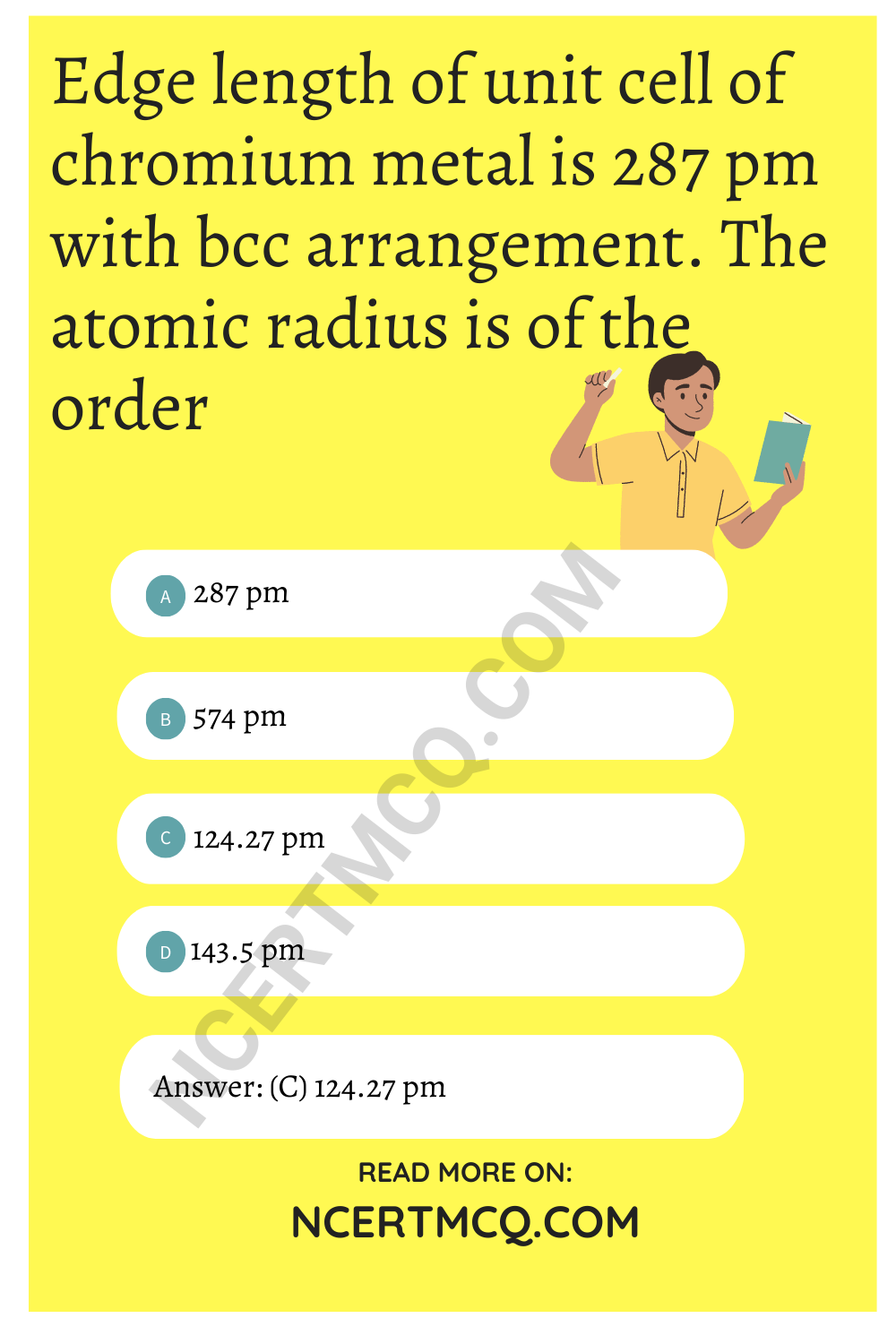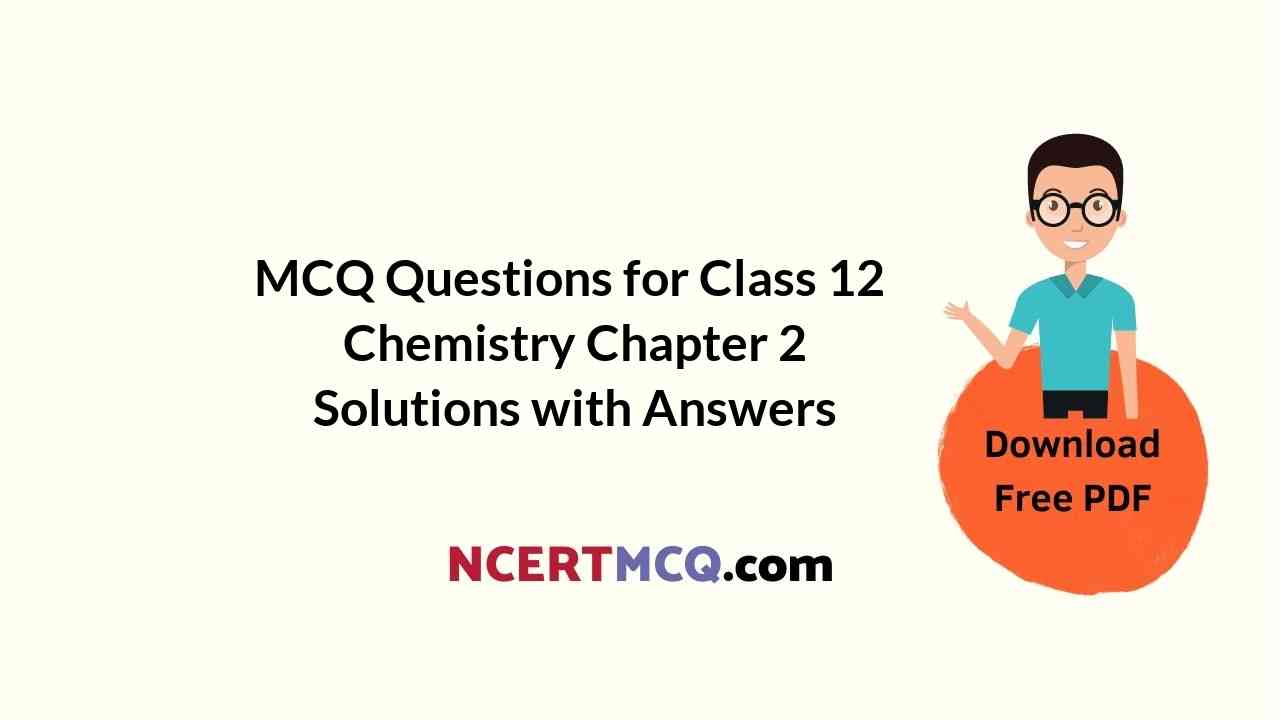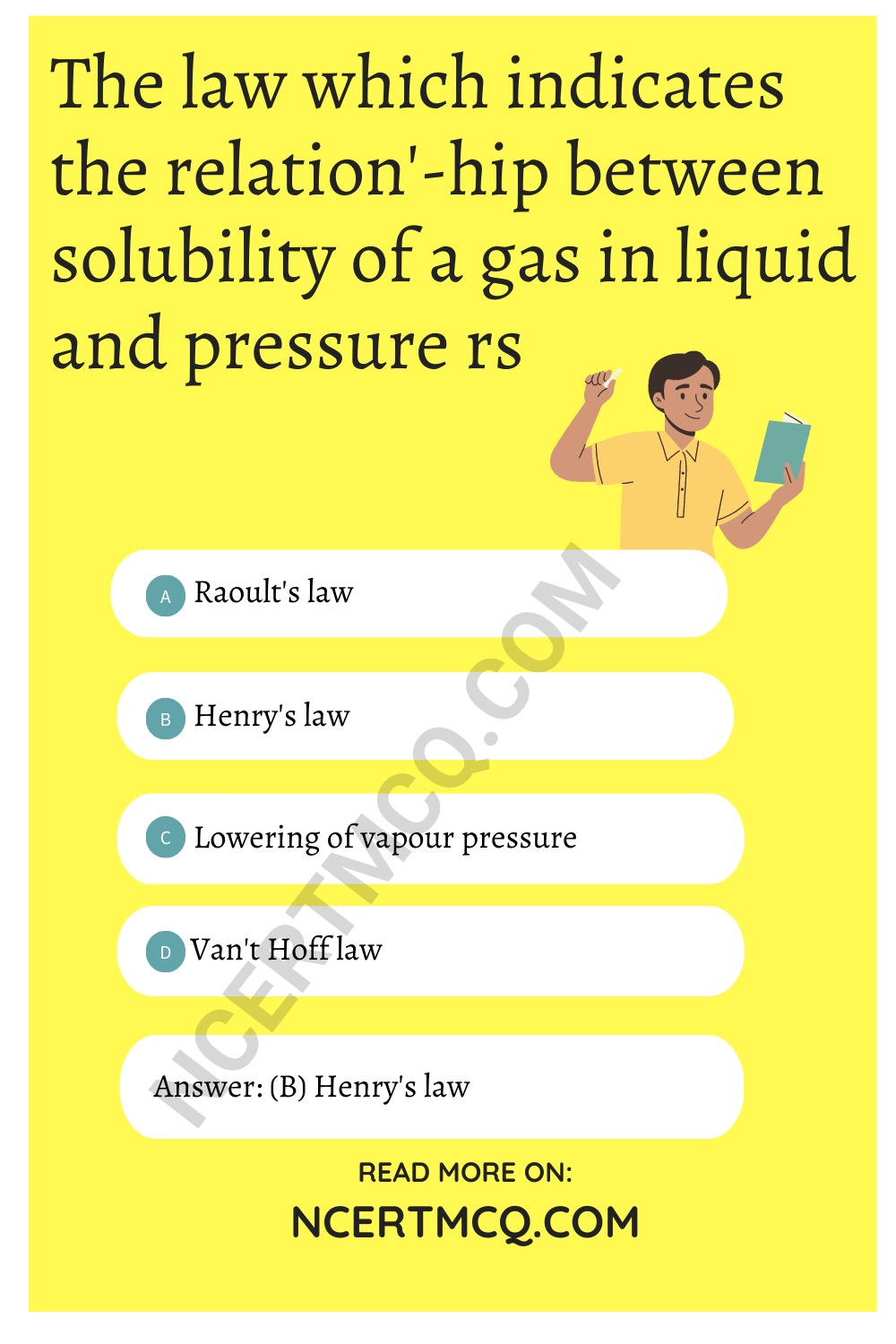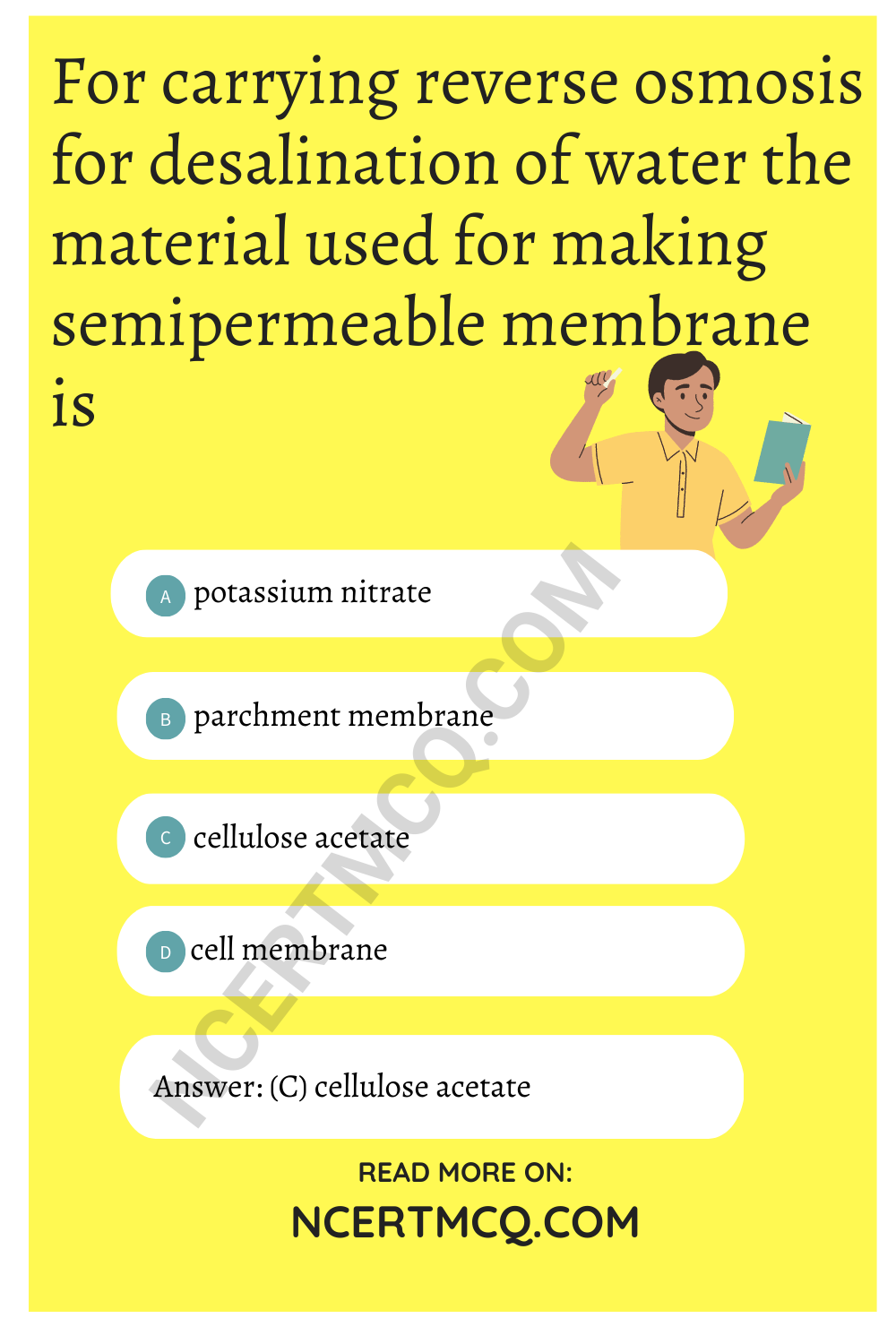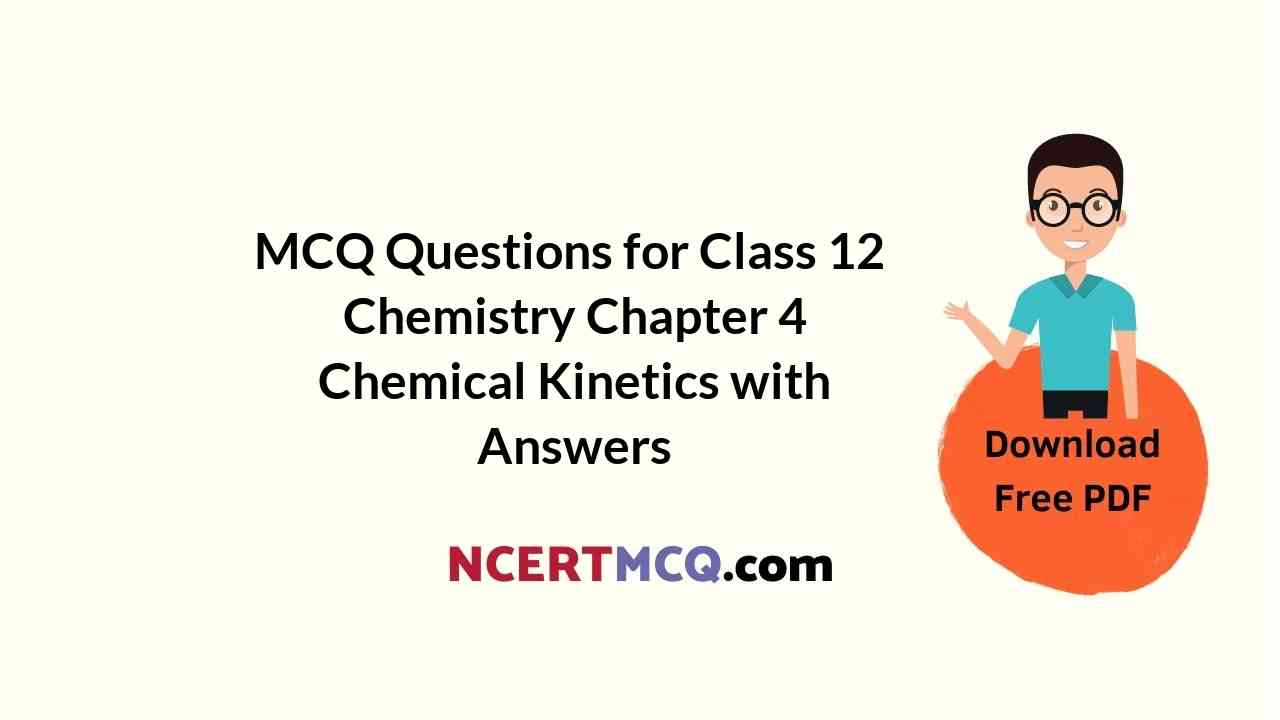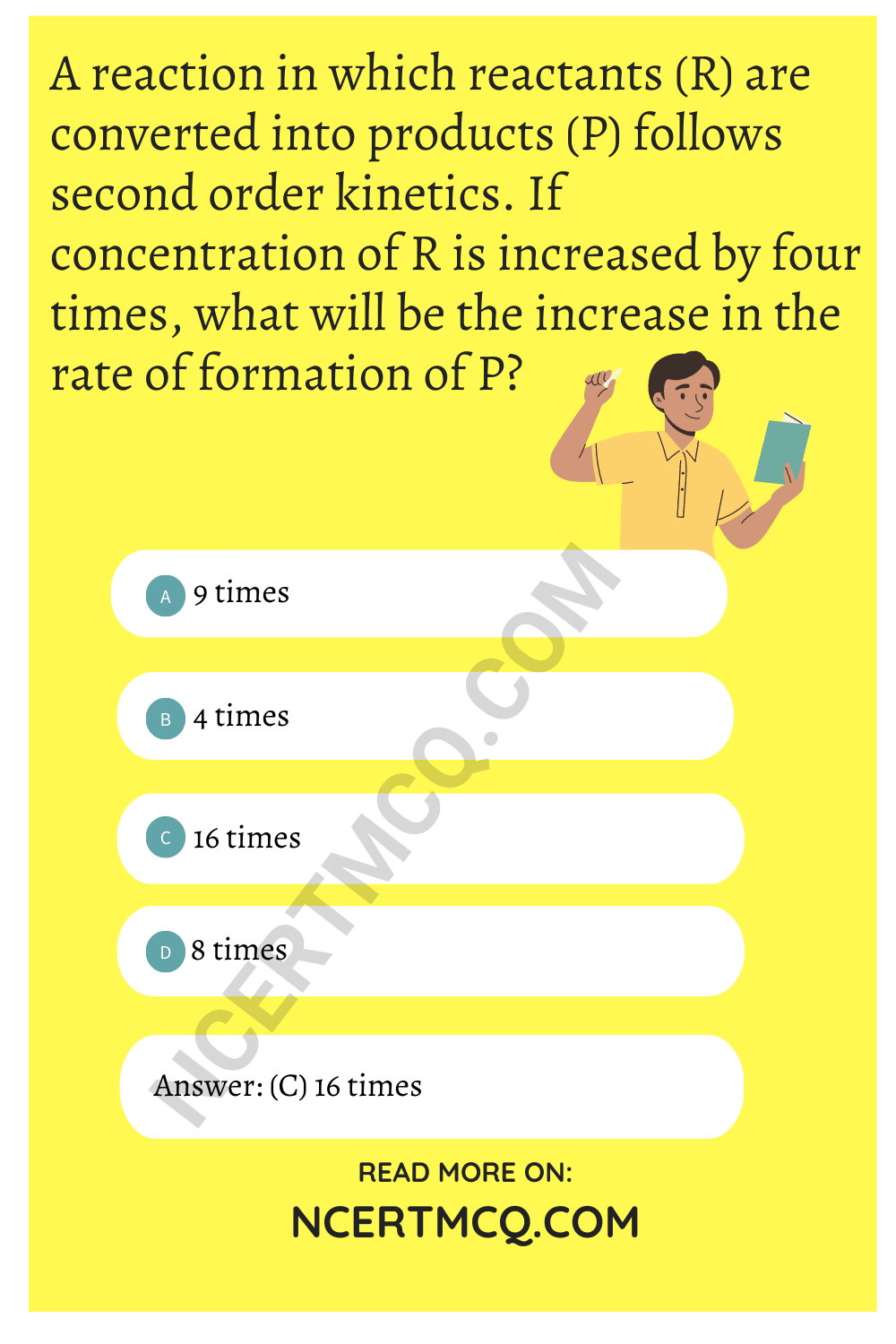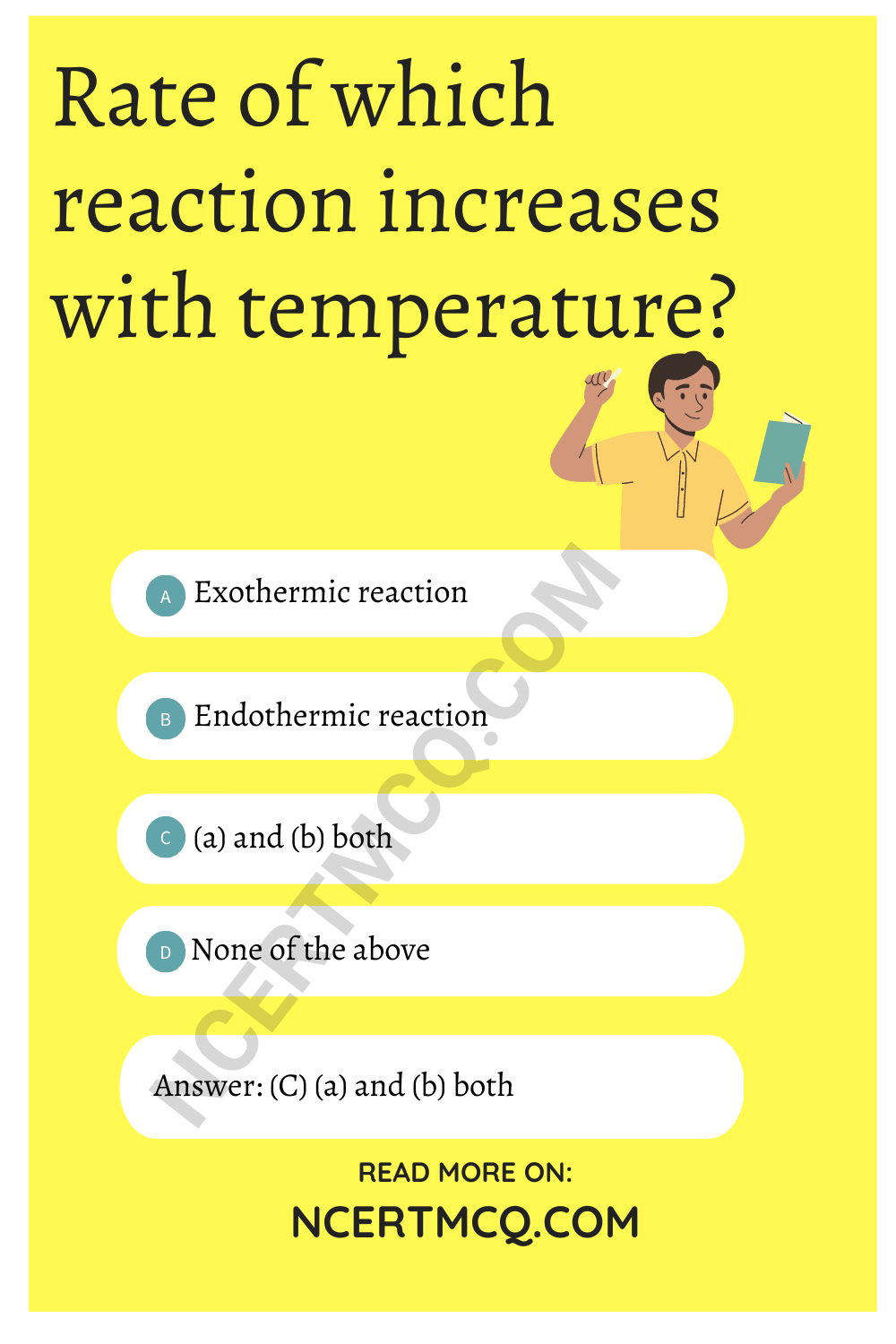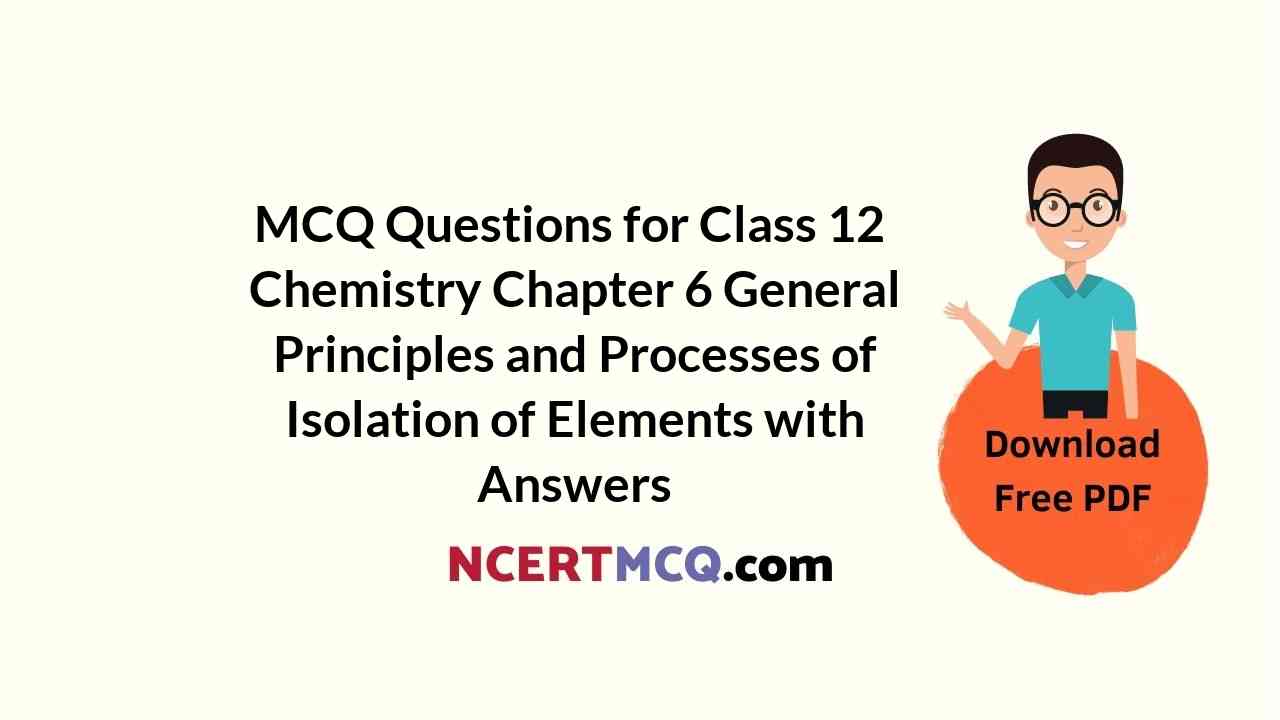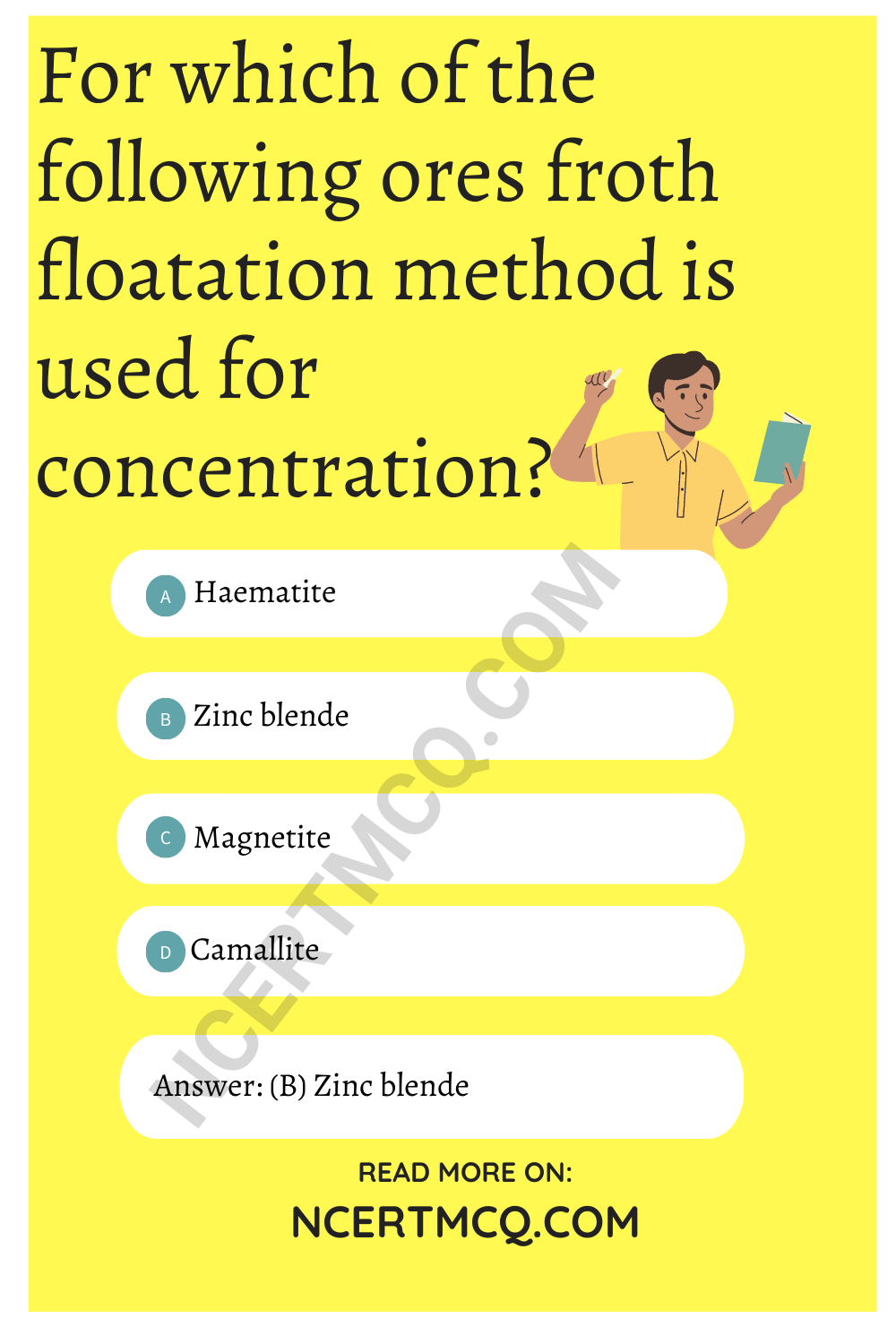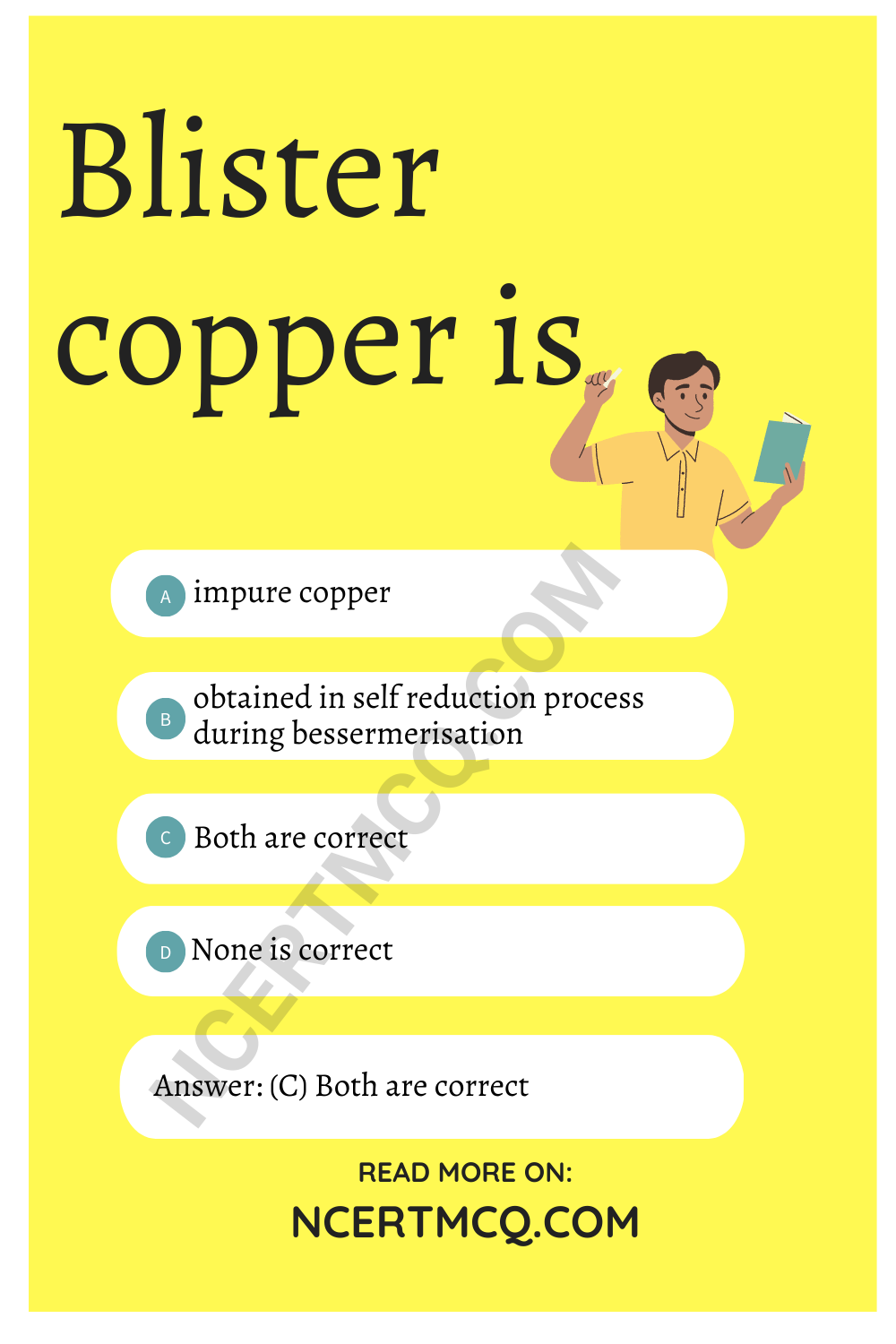Check the below NCERT MCQ Questions for Class 9 History Chapter 5 Pastoralists in the Modern World with Answers Pdf free download. MCQ Questions for Class 9 Social Science with Answers were prepared based on the latest exam pattern. We have Provided Pastoralists in the Modern World Class 9 History MCQs Questions with Answers to help students understand the concept very well. https://ncertmcq.com/mcq-questions-for-class-9-social-science-with-answers/
Class 9 Social Science History Chapter 5 MCQ With Answers
History Class 9 Chapter 5 MCQs On Pastoralists in the Modern World
Choose the correct option:
Class 9 History Chapter 5 MCQ With Answers Question 1.
The Maru Raikas herded
(a) camels
(b) goats
(c) sheep
(d) all the three
Answer
Answer: (a) camels
Pastoralists In The Modern World MCQ Question 2.
Banjaras were not found in
(a) Punjab
(b) Rajasthan
(c) Delhi
(d) Maharashtra
Answer
Answer: (c) Delhi
Pastoralists In The Modern World Class 9 MCQ Question 3.
The Massais are located in the
(a) east Africa
(b) west africa
(c) north Africa
(d) South Africa
Answer
Answer: (a) east Africa
Pastoralists In The Modern World Class 9 MCQ With Answers Question 4.
The warriors consisted of
(a) elder people
(b) younger people
(c) children
(d) healthy people
Answer
Answer: (b) younger people

MCQ On Pastoralists In The Modern World Question 5.
Why were some forests classified as “protected”?
(a) In these the customary grazing rights of pastorals were granted but their movements were severely restricted.
(b) The colonial officials believed that grazing destroyed the saplings and young shoots of trees that germinated on the forest floor.
(c) Both (a) and (b)
(d) None of the above
Answer
Answer: (c) Both (a) and (b)
MCQ Of Pastoralists In The Modern World Question 6.
Which of these are the pastoral communities of the mountains?
(a) Gujjars
(b) Gaddis
(c) Bhotiyas and Sherpas
(d) All the above
Answer
Answer: (d) All the above
Class 9 History Chapter 5 MCQ Question 7.
Dhangars were an important pastoral community of
(a) Gujarat
(b) Maharashtra
(c) U.P.
(d) Assam
Answer
Answer: (b) Maharashtra
Pastoralists In The Modern World Class 9 Questions And Answers Question 8.
Where were the Banjaras found?
(a) Uttar Pradesh
(b) Punjab, Rajasthan
(c) Madhya Pradesh, Maharashtra
(d) All the above
Answer
Answer: (d) All the above
Pastoralists In The Modern World Class 9 Question 9.
According to the ‘Wasteland Rules’
(a) uncultivated lands were taken over and given to select individuals
(b) these individuals were granted various concessions and encouraged to settle these lands
(c) some of them were made headmen of villages in the newly cleared areas
(d) all the above
Answer
Answer: (d) all the above
Pastoralists In The Modern World Class 9 Questions And Answers Pdf Question 10.
Which of the following statements best explains pastoralist nomads?
(a) The villagers who move from one place to another
(b) The people who do not have a permanent place to live in
(c) The herdsmen who move from one place to another looking for pasture for their herd
(d) The people who visit many places for enjoyment
Answer
Answer: (c) The herdsmen who move from one place to another looking for pasture for their herd
MCQ On Modern World History Question 11.
What was the result of overgrazing pastures due to restrictions on pastoral movements?
(a) The quality of pastures declined
(b) This created deterioration of animal stock
(c) Underfed cattle died in large numbers during scarcity and famine
(d) All the above
Answer
Answer: (d) All the above
Class 9th History Chapter 5 Question Answer Question 12.
Which of these are the pastoral communities of Africa?
(a) Bedouins, Berbers
(b) Maasai, Somali
(c) Boran, Turkana
(d) All the above
Answer
Answer: (d) All the above
Class 9th History Chapter 5 Question 13.
Which of these statements is true?
(a) Large areas of grazing land were turned into game reserves
(b) Pastoralists were not allowed to enter these reserves
(c) Serengeti National Park was created over 14,760 km of Maasai grazing land
(d) All the above
Answer
Answer: (a) Large areas of grazing land were turned into game reserves
MCQ Questions For Class 9 Social Science With Answers Pdf Question 14.
How was the authority of both elders and warriors adversely affected by the British efforts to administer the affairs of the Maasai?
(a) The British appointed chiefs of different sub-groups of Maasai
(b) These chiefs were made responsible for the affairs of the tribe
(c) The British imposed various restrictions on raiding and warfare
(d) All the above
Answer
Answer: (d) All the above
Social Science Quiz For Class 9 With Answers Question 15.
Which seasonal movements affect the Dhangars of Maharashtra?
(a) Cold and snow
(b) Climatic disturbance
(c) Drought and flood
(d) Alternate monsoon and dry seasons
Answer
Answer: (d) Alternate monsoon and dry seasons
Question 16.
Nomadic tribes need to move from one place to another because of:
(a) Seasonal changes
(b) In search of pastures
(c) To maintain ecological balance
(d) All the above
Answer
Answer: (b) In search of pastures

Question 17.
Raika pastoral community belongs to:
(a) Himachal Pradesh
(b) Rajasthan
(c) Jammu and Kashmir
(d) Maharashtra
Answer
Answer: (b) Rajasthan
We hope the given NCERT MCQ Questions for Class 9 History Chapter 5 Pastoralists in the Modern World with Answers Pdf free download will help you. If you have any queries regarding Pastoralists in the Modern World CBSE Class 9 History MCQs Multiple Choice Questions with Answers, drop a comment below and we will get back to you soon.
Class 9 Social Science History:
- The French Revolution Class 9 MCQ
- Socialism in Europe and the Russian Revolution Class 9 MCQ
- Nazism and the Rise of Hitler Class 9 MCQ
- Forest Society and Colonialism Class 9 MCQ
- Pastoralists in the Modern World MCQ
- Peasants and Farmers Class 9 MCQ
- History and Sport The Story of Cricket Class 9 MCQ
- Clothing A Social History Class 9 MCQ
